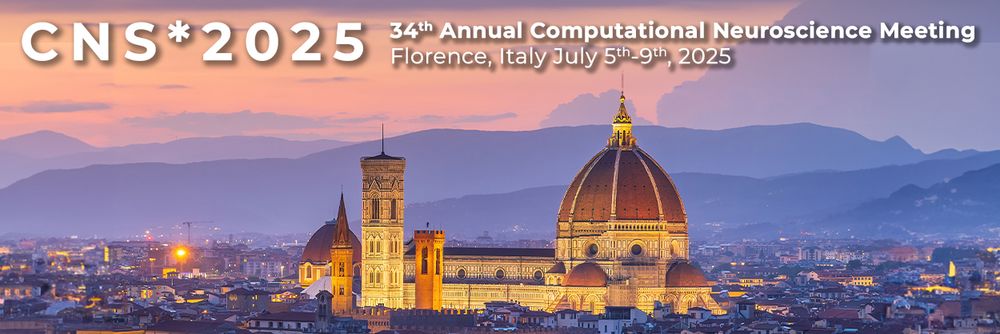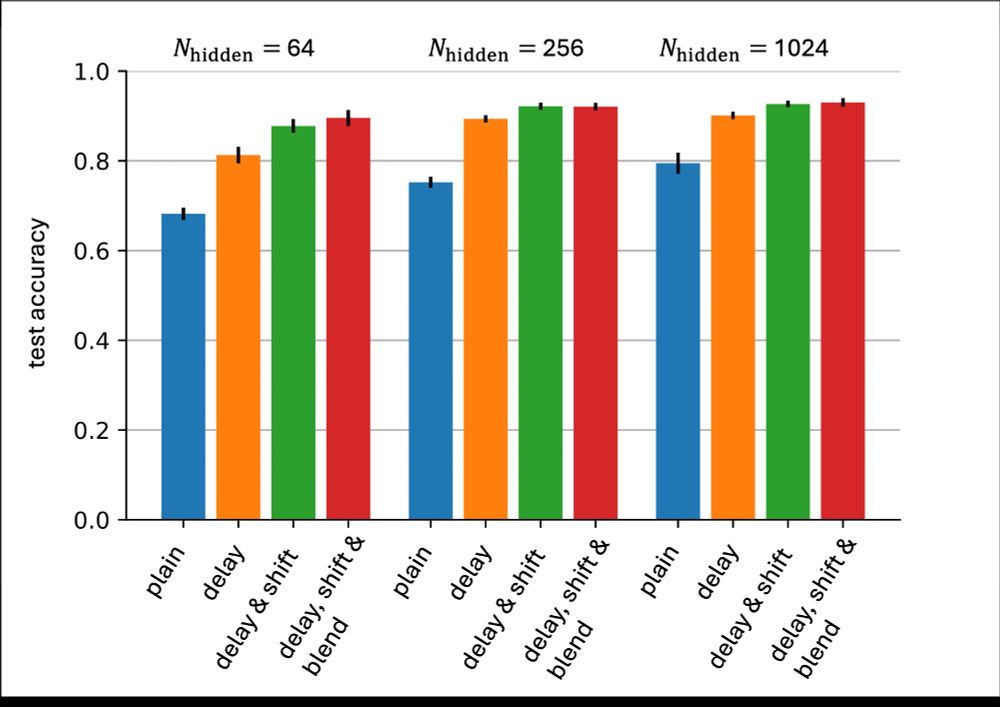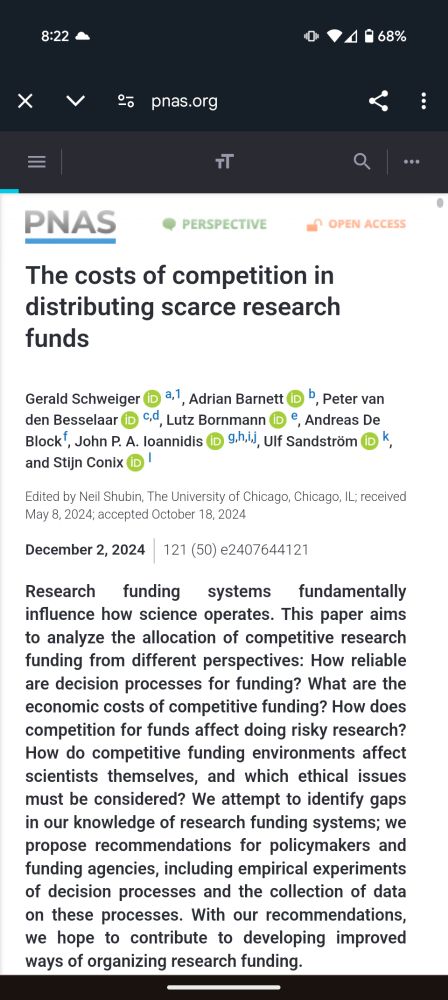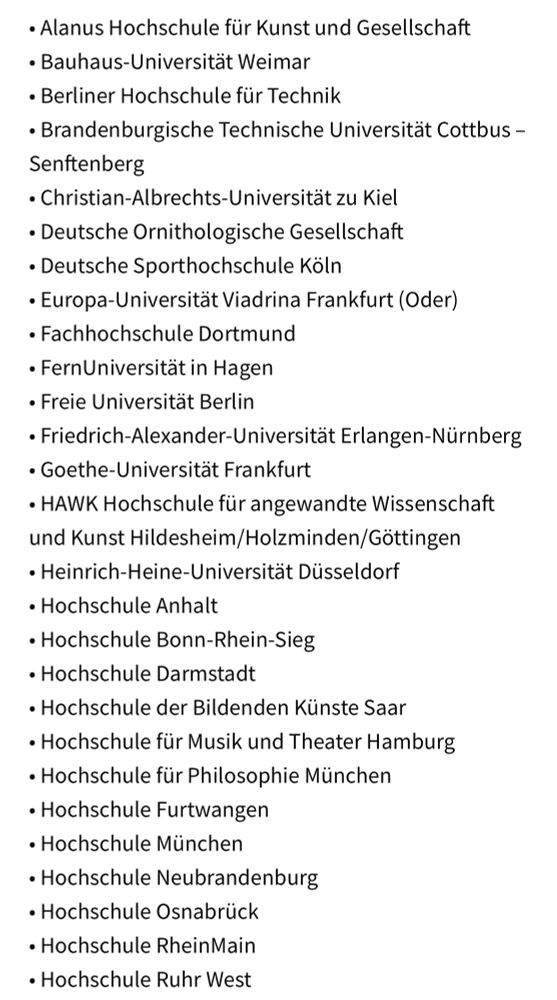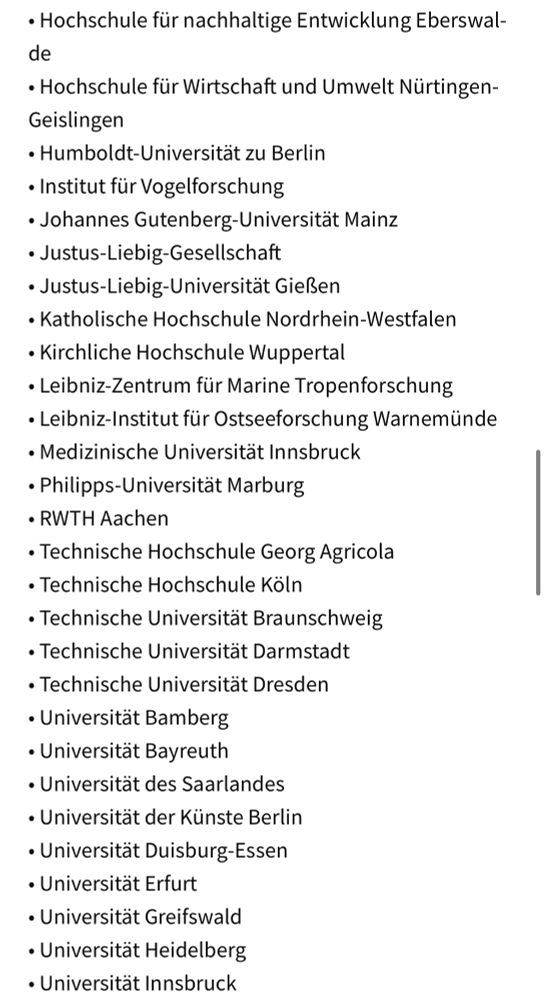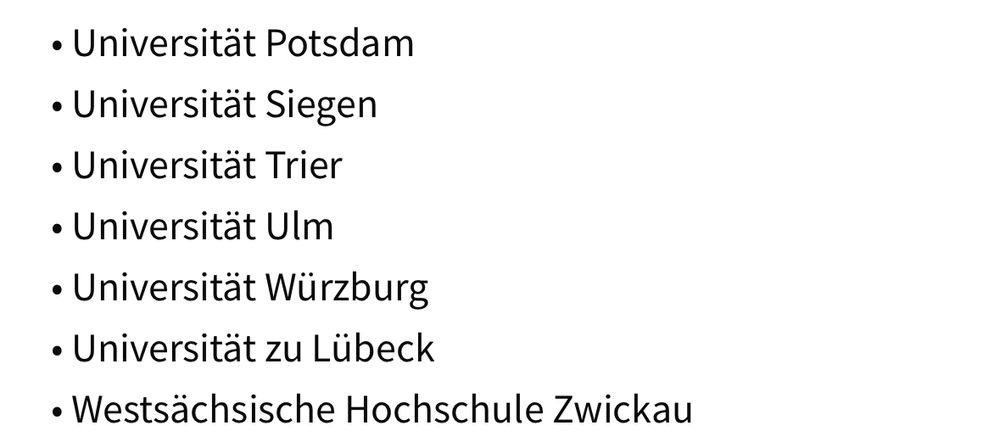Thomas Nowotny
@drtnowotny.bsky.social
630 followers
160 following
36 posts
Professor of Informatics at the University of Sussex, Brighton, UK. President of @cnsorg.bsky.social
I do research in bio-inspired AI and computational neuroscience.
See more at
https://profiles.sussex.ac.uk/p206151-thomas-nowotny/about
Posts
Media
Videos
Starter Packs
Thomas Nowotny
@drtnowotny.bsky.social
· Jul 16
Jamie
@neworderofjamie.bsky.social
· Jul 16

FeNN: A RISC-V vector processor for Spiking Neural Network acceleration
Spiking Neural Networks (SNNs) have the potential to drastically reduce the energy requirements of AI systems. However, mainstream accelerators like GPUs and TPUs are designed for the high arithmetic ...
ieeexplore.ieee.org
Thomas Nowotny
@drtnowotny.bsky.social
· Mar 17
Thomas Nowotny
@drtnowotny.bsky.social
· Mar 17
Reposted by Thomas Nowotny
Jamie
@neworderofjamie.bsky.social
· Mar 6
Reposted by Thomas Nowotny
Reposted by Thomas Nowotny
Jamie
@neworderofjamie.bsky.social
· Jan 23
Balázs
@mbalazs98.bsky.social
· Jan 23

Efficient Event-based Delay Learning in Spiking Neural Networks
Spiking Neural Networks (SNNs) are attracting increased attention as a more energy-efficient alternative to traditional Artificial Neural Networks. Spiking neurons are stateful and intrinsically recur...
arxiv.org
Reposted by Thomas Nowotny
Tim Verstynen
@tdverstynen.bsky.social
· Jan 22
Thomas Nowotny
@drtnowotny.bsky.social
· Jan 21
Thomas Nowotny
@drtnowotny.bsky.social
· Jan 21
Loss shaping enhances exact gradient learning with Eventprop in spiking neural networks - IOPscienceSearch
Loss shaping enhances exact gradient learning with Eventprop in spiking neural networks, Nowotny, Thomas, Turner, James P, Knight, James C
doi.org
Reposted by Thomas Nowotny
Reposted by Thomas Nowotny
Thomas Nowotny
@drtnowotny.bsky.social
· Dec 20
Reposted by Thomas Nowotny
Blake Richards
@tyrellturing.bsky.social
· Dec 11
Cian O'Donnell
@cianodonnell.bsky.social
· Dec 11



